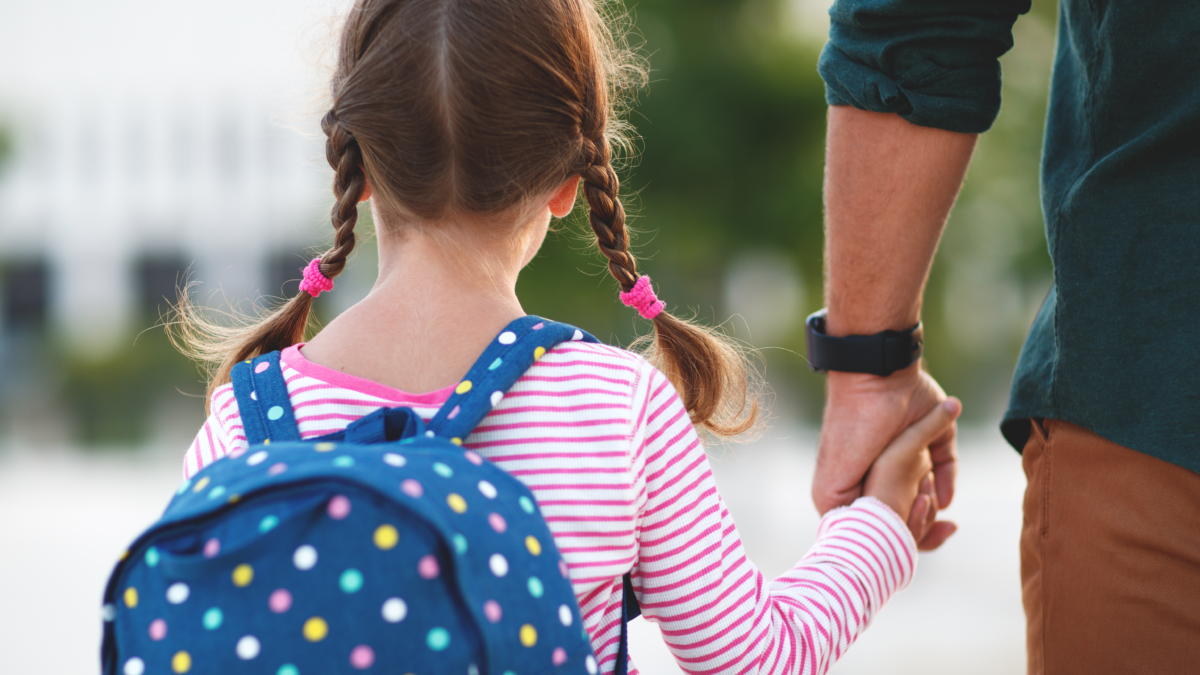Unpacking North Carolina School Safety

As more and more incidents of school violence continue to make headlines and cause deep concern among families, teachers, and policymakers, many schools are reassessing their safety and security measures.
Many of North Carolina’s violence prevention and response strategies are developed and overseen by the North Carolina Center for Safer Schools, which provides technical assistance, trainings, and resources. The state also has a critical incident response curriculum that includes three key response actions to prepare for an active shooter situation.
If you’re curious about current safety strategies in North Carolina, keep reading to learn more.
-
Anonymous Reports
Anonymous tip systems and reporting have become common in schools across the country after the Sandy Hook shooting in 2012. Say Something Anonymous Reporting System is North Carolina’s platform for students to anonymously report threats of violence. Say Something currently offers a phone app, website, and telephone hotline.
As of June 2022, a North Carolina House K–12 Education Committee meeting noted that there have been over 250 credible threats of school attacks in North Carolina in the past year.
-
School Resource Officers (SROs)
In recent years, appointing School Resource Officers (SROs) has been an effective option for enabling safer schools. SROs are certified law enforcement officers who are permanently assigned to provide coverage to a school or to a set of schools, according to the Center for Safer Schools.
One recent study of the efficacy of SROs in North Carolina middle schools found that serious violence offenses were reduced—however, the presence of SROs was said to increase the number of out-of-school suspensions, transfers, expulsions, as well as referrals to law enforcement. These negative outcomes are a common critique of introducing SROs to schools.
Onslow County announced a new expansion of the SRO program in the county earlier this year. In October, the Onslow County Board of Commissioners approved an amendment that will add eight new SROs to the public school system.
You can also learn more about SROs and how they serve as a resource in North Carolina schools here.
-
Mental Health Resources
Because of the prevalence of school violence in recent years, it is vital to unpack the reasons for the ongoing violence. Childhood trauma and mental health play a large role in who perpetuates school violence.
One report shows that North Carolina has one psychologist for every 2,527 students—although the recommended ratio is 1 to 500. The 2021 North Carolina state budget included funding to provide each school district with at least one school psychologist, however, not enough progress has been made. In July 2022, the U.S. Department of Education announced two new grants totaling $300 million for school mental health services.
Social-emotional learning is also a critical component of mental health. With SEL teachings, students learn tactics and strategies to handle their stress, solve interpersonal conflict, and manage unpleasant emotions.
-
Critical Response Curriculum
Every school in North Carolina teaches the state-wide critical response curriculum, which is designed to provide procedures for dealing with an active shooter or armed intruder situation. These procedures can save lives and prevent injuries during a crisis situation and it is important that teachers and schools review and update these plans each year.
To learn more about what to do in an emergency situation, click here to view the official North Carolina Critical Incident Response curriculum.
Learn More
Keeping children safe is everyone’s responsibility—and learning about how to create safe learning environments is a priority for all schools. To learn more about strategies and tactics to keep children safe in school, visit the North Carolina Center for Safer Schools online. If you have any questions about school safety in your community, please contact us.
